
数据显示,2022年,九年义务教育巩固率95 5%,比上年提高0 1个百分点。
2023-03-24
持续提升县域医疗卫生服务能力,让医疗资源沉得下去、医疗人才留得下来,群众能就近获得更加公平可及、系统连续的医疗卫生服务,
2023-03-24
第六届威海市文化和旅游惠民消费季每个人都可以领的微信文旅惠民消费券来了!全市百家景区景点、影院、书店等文旅商家门店,使用微信支付购买
2023-03-24
第六届威海市文化和旅游惠民消费季每个人都可以领的微信文旅惠民消费券来了!全市百家景区景点、影院、书店等文旅商家门店,使用微信支付购买
2023-03-24
2022年9月15日上午10:00,300万元家电消费券准时开抢!活动时间2022年9月15日-2022年10月7日,每日上午10:00开始抢券,资金核销完,活
2023-03-24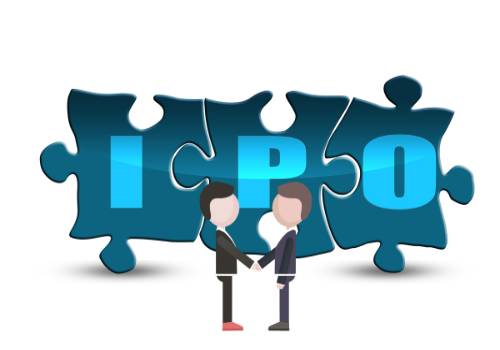
威海家电消费券资料备案消费者使用消费券购买家电后,务必于两日内在云闪付APP家电消费券“资料备案”端口上传与云闪付注册名一致的实名制发票
2023-03-24
威海家电消费券领取规则为保证消费券政策普惠性,消费者每人每日仅限领取一张(即10种组合消费券中一种),先到先得,领完为止。消费券当日有
2023-03-24
威海家电消费券参与商家名单参与活动商家名单(扫码查看)用券标准1 个人消费者在威海市报名的家电销售企业(名单见后)实名制购买电视、冰箱
2023-03-24
威海家电消费券用券标准1 个人消费者在威海市报名的家电销售企业(名单见后)实名制购买电视、冰箱、洗衣机、空调、燃气灶、抽油烟机、手机、
2023-03-24
威海家电消费券使用规则1 消费者在参与活动商家消费时,若满足使用标准,可使用消费券抵扣相应金额,单个订单限使用1张家电消费券,对应开具1
2023-03-24
威海家电消费券领取方式1 个人消费者在参与活动商家,使用云闪付APP扫描对应面值消费券二维码进行领取。2 消费者在云闪付APP页面领券端口领取
2023-03-24
根据国家卫健委官网最新发布《新型冠状病毒肺炎防控方案(第九版)》:☞常态化防控区域:没有疫情发生的县(市、区、旗)全域实行常态化防控措施;
2023-03-24
2022年9月15日上午10:00,300万元家电消费券准时开抢!活动时间2022年9月15日-2022年10月7日,每日上午10:00开始抢券,资金核销完,活
2023-03-24
常态化防控区域可以自由出入吗?答:可以,常态化防控地区为所有中高风险区解除后,没有疫情发生的县(市、区、旗)全域实行常态化防控措施区
2023-03-24
台风蓝色预警今年第12号台风“梅花”(强台风级)14日06时中心距离浙江省象山县东南方向约260公里,中心附近最大风力14级,中心气压955百帕。预
2023-03-24
2022常态化防控区域是低风险区吗?答:不是。二者是不同的概念。根据国家卫健委官网最新发布《新型冠状病毒肺炎防控方案(第九版)》:☞常态化
2023-03-24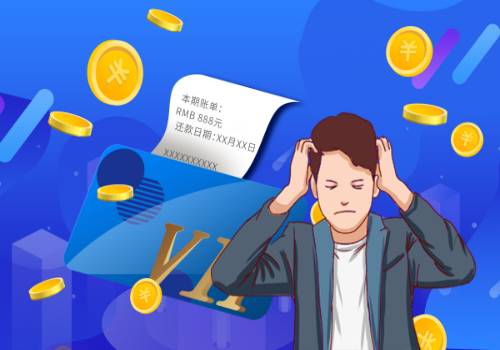
山东威海退役军人成人高考如何报名?山东省教育招生考试院官网(www sdzk cn)是山东省唯一报名网站。考生必须本人登录网上报名系统完成报名,
2023-03-24
市气象台9月15日14时00分将暴雨蓝色预警信号升级为暴雨黄色预警信号!天气预报威海市气象台2022年9月15日14时00分将暴雨蓝色预警信号升级为暴
2023-03-24
什么样的企业可以参与消费季活动?一、行业界定(1)A级旅游景区,以及其他景点、采摘园、游乐园、海洋馆等各种观光游乐类;(2)锡镶、剪纸等
2023-03-24
台风“梅花”最新消息据气象部门预报,今年第12号台风“梅花”已于9月13日凌晨移入东海南部海面,将以每小时10-15里的速度向偏北转西北方向移
2023-03-24
聊城疫情情况:以下内容来源于2022年9月15日聊城疾控账号2022年9月15日20时,聊城市新增2例新冠肺炎本土无症状感染者,均在东昌府区,均系集中
2023-03-24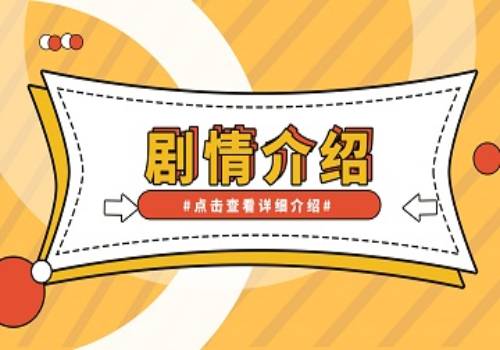
山东省气象台于9月14日06时继续发布海上大风黄色预警:受“梅花”外围及本体影响,14日白天到夜间,黄海中部东北风转偏东风7~8级阵风9~10级
2023-03-24
1、立春又叫“打春”,是表示一年的春天开始的意思,也表示一年开始的意思。立春,意味着新的一个轮回已开启,乃万物起始、一切更生之义也。立
2023-03-24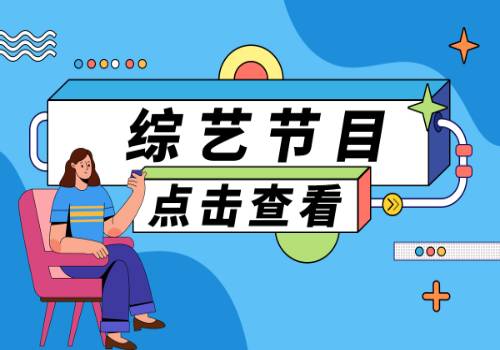
台球厅转让合同(汇编9篇)在人们愈发重视契约的社会中,随时随地,各种场景都有可能使用到合同,签订合同能促使双方规范地承诺和履行合作。那么
2023-03-24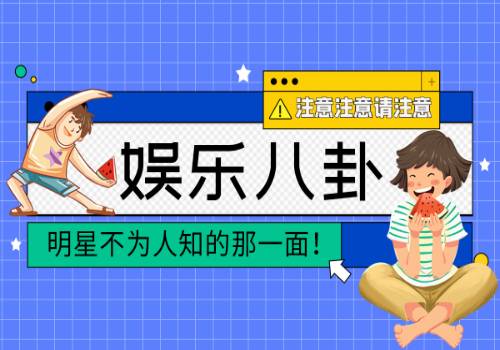
1、细雨飘飞精神爽,小雨滴答喜气添,大雨倾盆福满聚,暴雨袭来,嘿嘿,赶紧躲!2、雨水到来天地欢,万物焕发新容颜。甘霖普降润无声,田野蓬
2023-03-24
学校招生代理合同(3篇)随着人们对法律的了解日益加深,合同的地位越来越不容忽视,在达成意见一致时,制定合同可以享有一定的自由。合同有不同
2023-03-24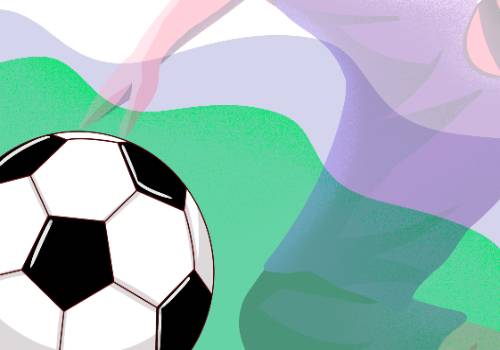
1、立春,为二十四节气之首,又名正月节、岁节、改岁、岁旦等。立,是“开始”之意;春,代表着温暖、生长。二十四节气最初是依据“斗转星移”
2023-03-24
大学学期学习计划精选15篇时间就如同白驹过隙般的流逝,迎接我们的将是新的生活,新的挑战,做好计划,让自己成为更有竞争力的人吧。那么你真
2023-03-24
1、春雨浸润了大地生命,百花争艳。2、游玩踏青,春季旅行,心平处处风景。立春旅行,一路顺风!3、保持青春添活力,功成名就,必定春风得意。4
2023-03-24
幼儿园中班下学期班级计划(通用14篇)时间过得太快,让人猝不及防,前方等待着我们的是新的机遇和挑战,不妨坐下来好好写写计划吧。我们该怎么
2023-03-24Copyright@ 2015-2022 百科大全版权所有 备案号:豫ICP备2021032478号-16 联系邮箱:89 71 80 9@qq.com